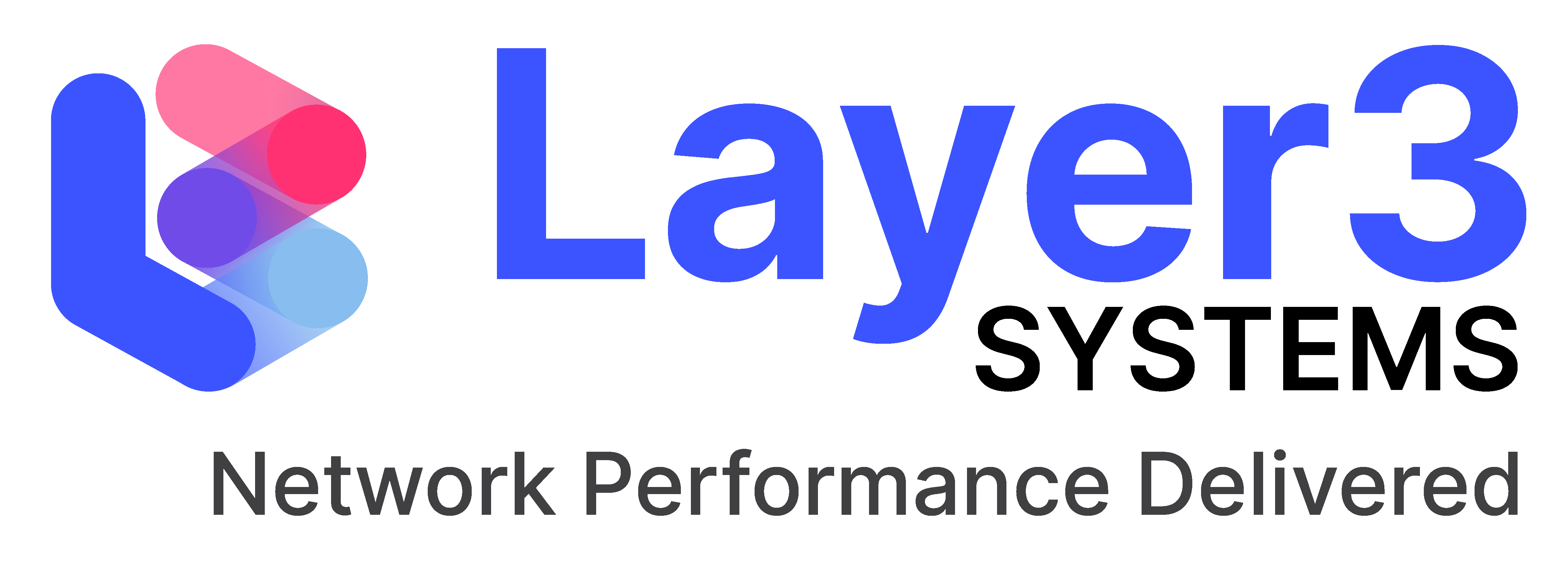Yoomedia - System Redevelopment
YooMedia provide interactive TV products for leading digital network operators and broadcasters. They are an established provider of interactive digital TV solutions having developed their own interactive chat and games portal - "YooMe 2". They have also developed a successful range of games, chat and dating solutions for satellite, cable and terrestrial broadcasters.
Project Requirements
To deliver a solution for an Interactive TV Chat and Games Portal for the Liberate iTV platform in use at Telewest, reusing some software and hardware components from previous projects wherever possible.
The Solution
This was built on top of a "no-single-point-of-failure" hosted architecture built for YooMedia by Layer3 Systems as part of a previous project
It consists of a number of clusters - the first being load-balanced and the remaining 3 being active/passive
1. A cluster of 6 servers running RedHat Linux, Apache web servers and the Tomcat Java Servlet Container delivers the applications to the consumers
2. A cluster of 2 servers running RedHat Linux, Apache web servers and PHP handles the system administration functionality.
3. A cluster of 2 Windows 2000 servers running ASP provides the moderation interface for the chat service.
4. Backend database services are provided by a Windows 2000 cluster running SQLServer 2000.
Benefits
• Use of Open-Source software wherever possible enabled capital expenditure to be kept to a minimum - £75000 saving!
• The extensibility of the existing hosted architecture minimised costs and enabled rapid deployment of the new service - £2.5m contractual win!
• Flexibility in design allowed the maximum re-use of software and hardware.
• Choice of best-of-breed open and closed source components for maximum stability, performance and flexibility.
Project Requirements
Vodafone needed to decommission over one hundred UNIX systems that were approaching their end of life. This was potentially a complex problem as each machine could be supporting a large number of applications, some of which were still in use and mission critical, others that were only occasionally needed and a small number that could be simply abandoned. Each system had a population of users each with their own login, each system had a list of printers and print queues. Many systems shared file system space either from other systems or shared space out to other systems. Some systems had licensed software which needed to be carefully asset maintained. All users and applications needed to be migrated to a new Sun cluster, and a high degree of continuity needed to be maintained with no downtime experienced by the user.
The Solution
Layer3 developed a series of scripts that could be remotely run by the admin teams on each system. This produced an analysis of the remote systems. Further scripts were then written that could look for indications of applications and find associated users, files, file shares, databases and print queues. This process generated a website that had a per system breakdown of results and a summary page. Finally procedures and automated processes were designed to carry out an automatic migration of the applications, users and their facilities onto the new Sun Cluster.
Benefits
• Consistent systematic approach.
• Solving migration issues for a single application could be applied across all systems.(Saving £10,000-£35,000 per system)
• Decommission process was automatically and fully documented.
• Reduced manual searching and physical visits with automated network technique.
• Provided accurate measurement of progress at any given point.
• Decommission process was carried out on time and under budget. (Saved £15,000/day on project overrun)
• Systematic decommission guaranteed no expensive losses.
• Systematic license recovery - £850,000 in Unix application and development licenses.
